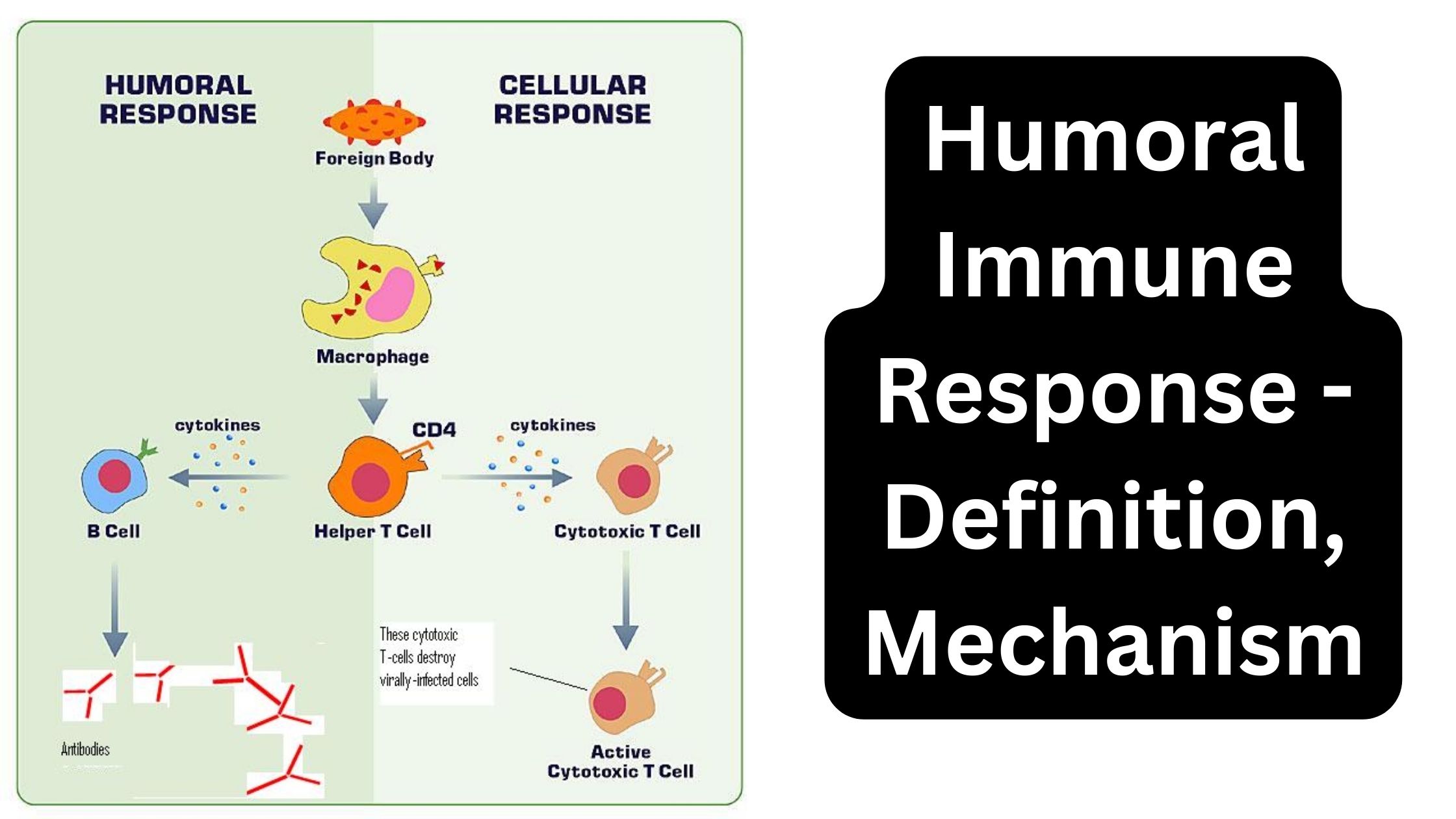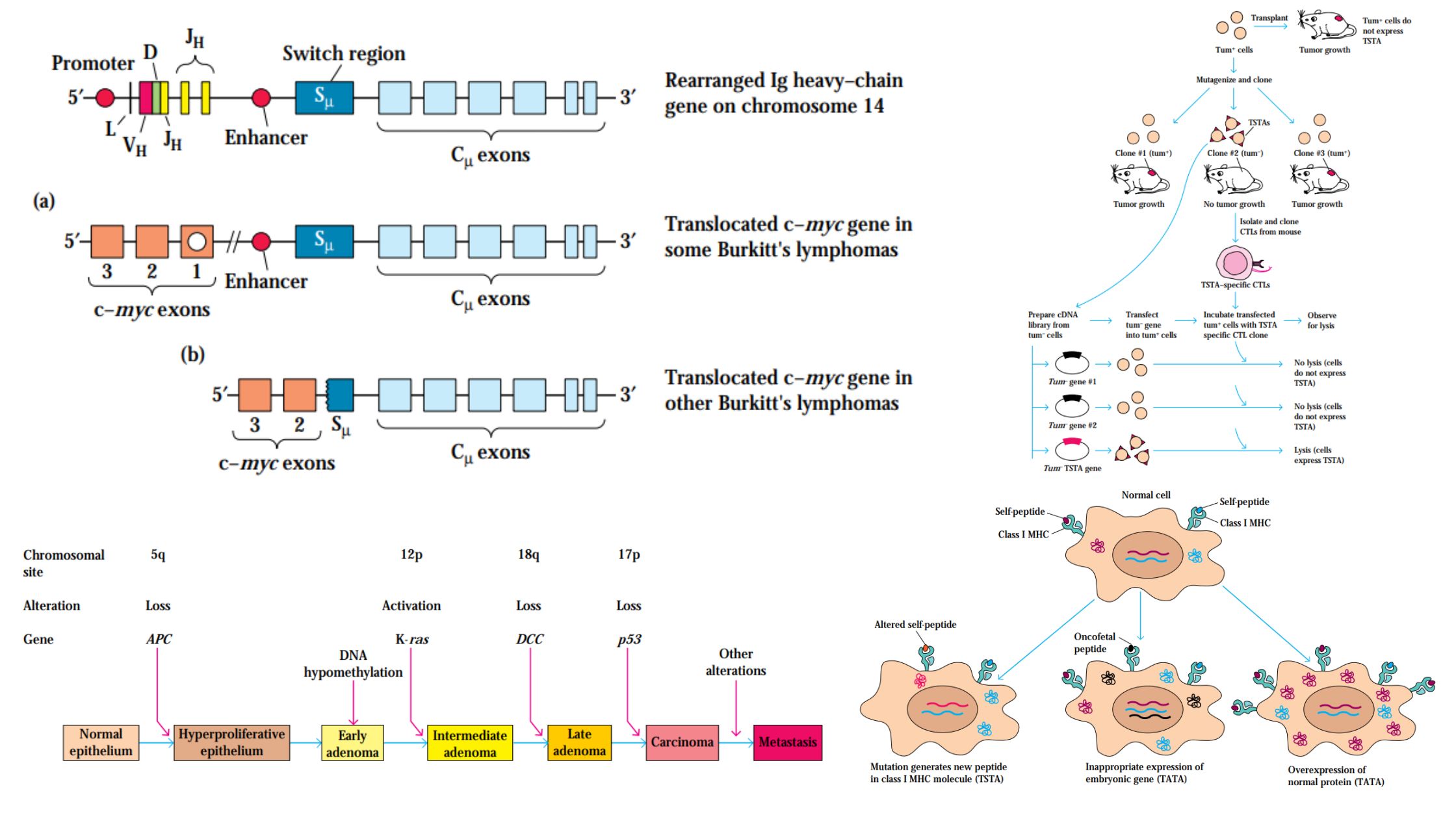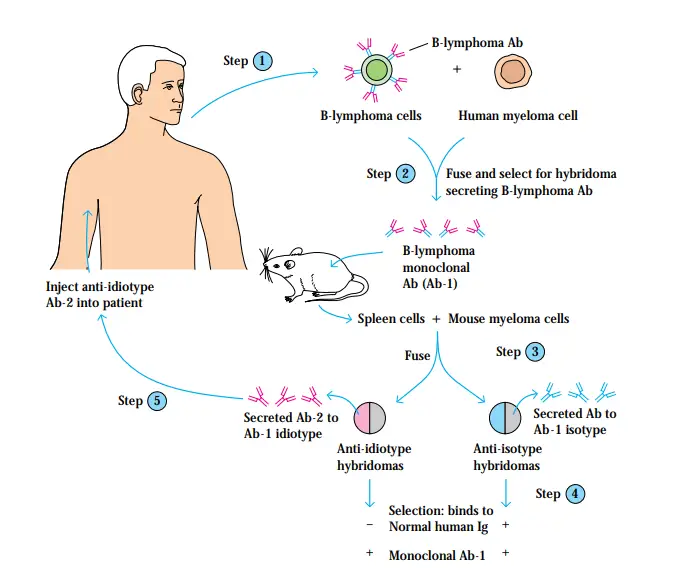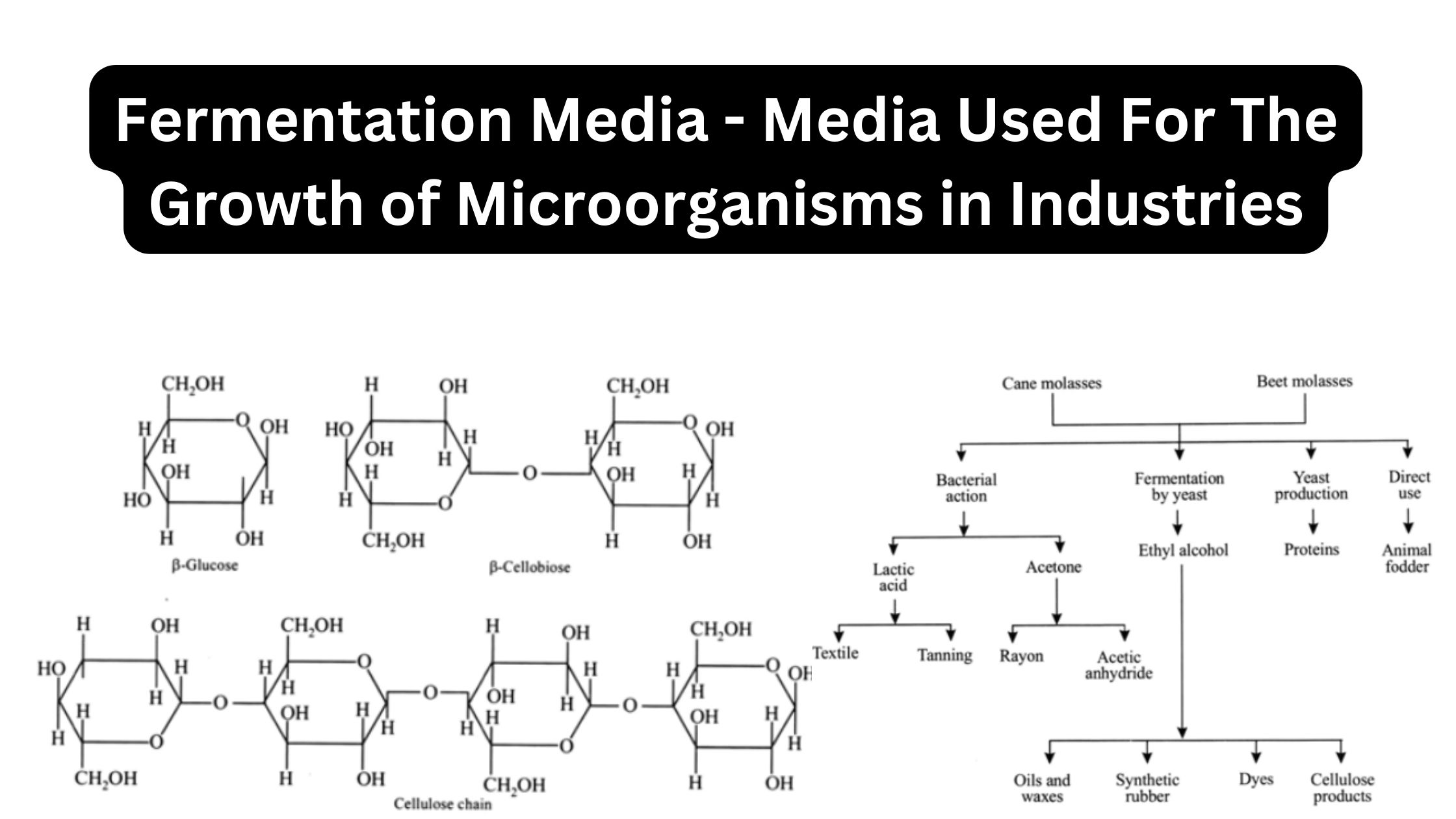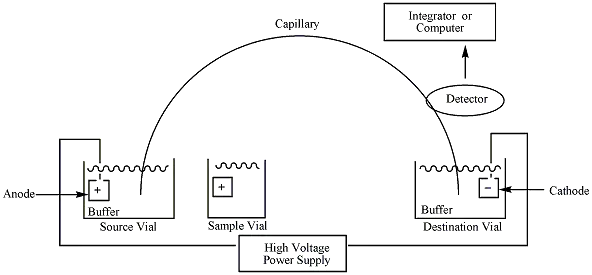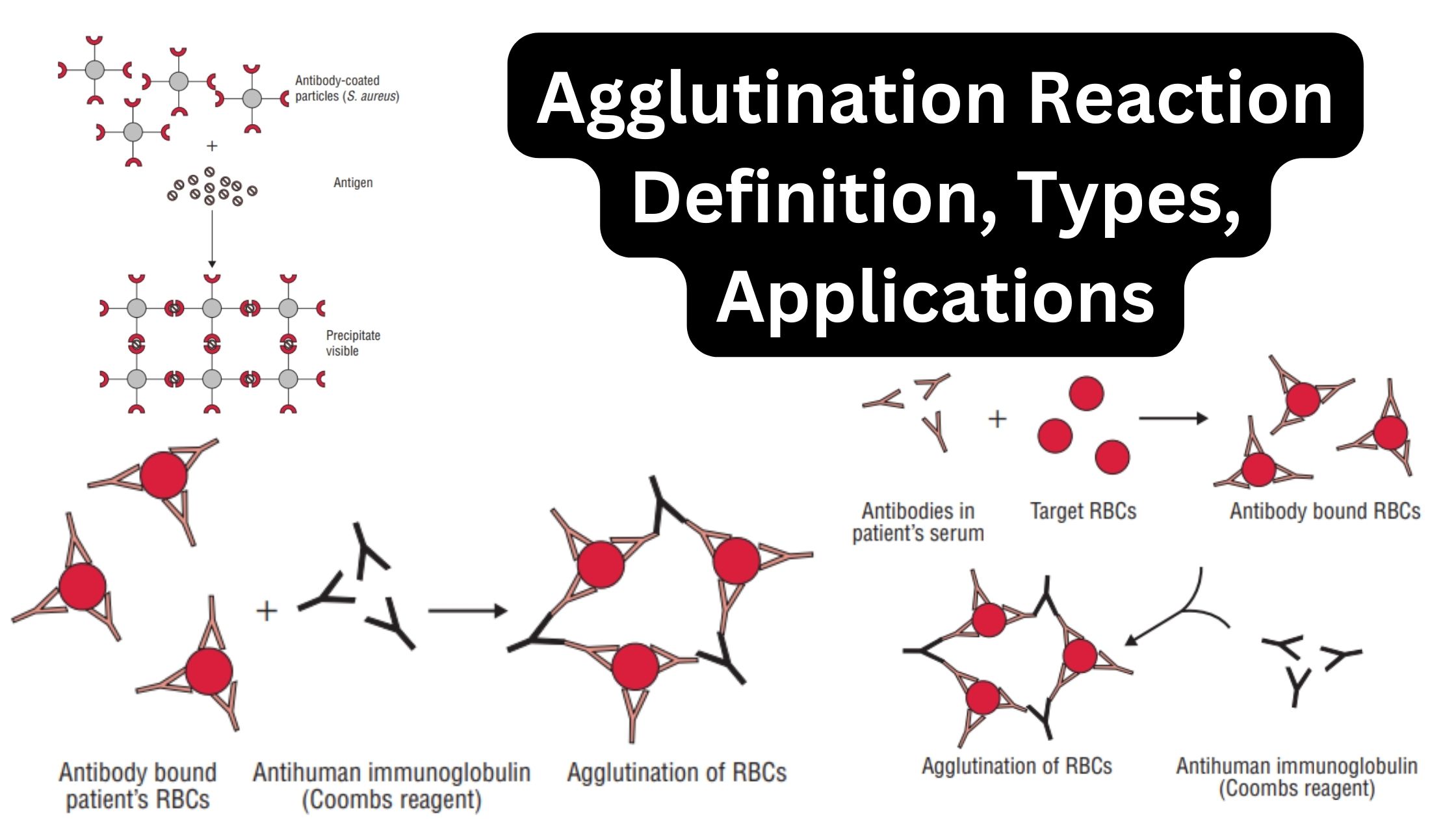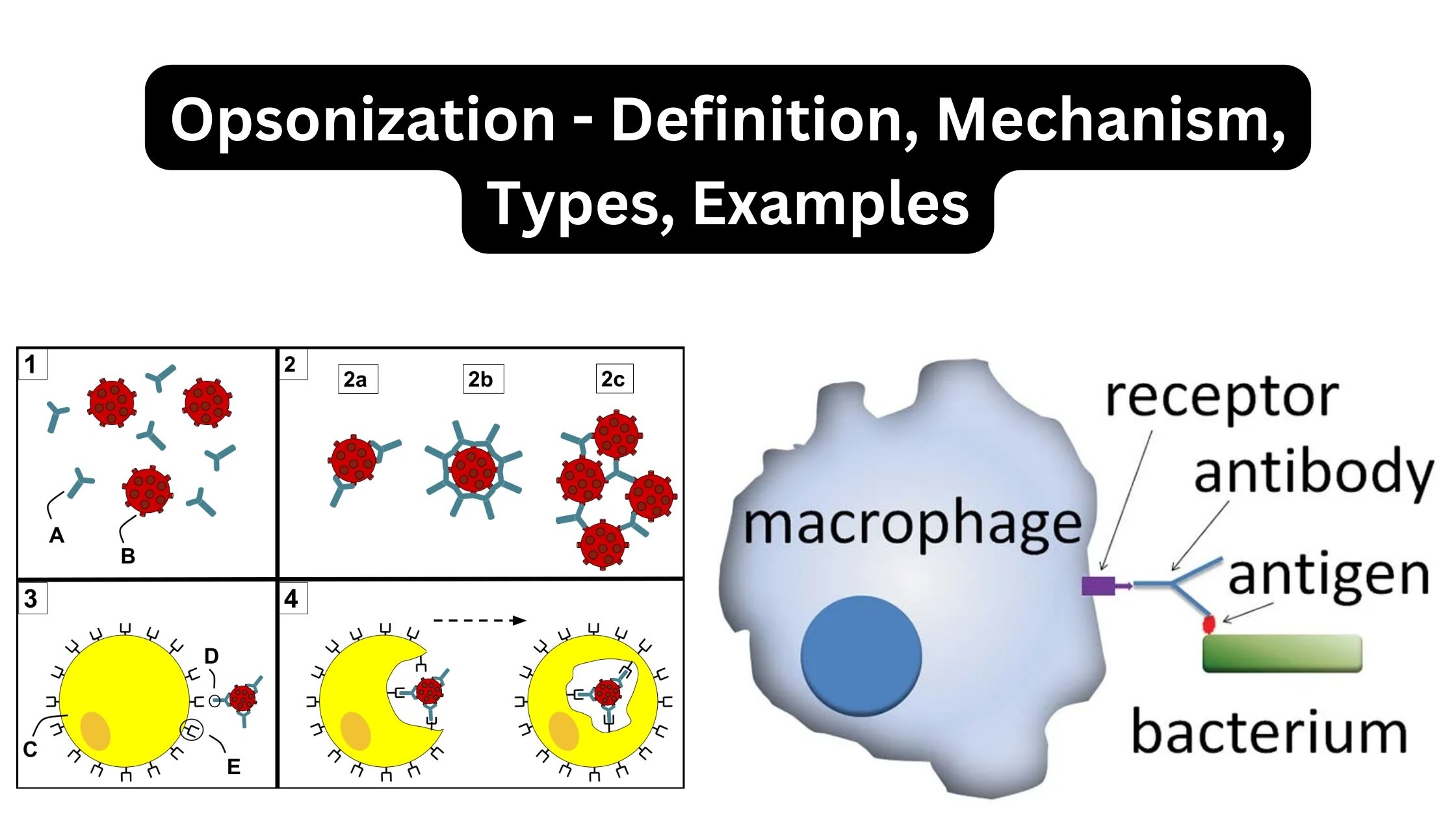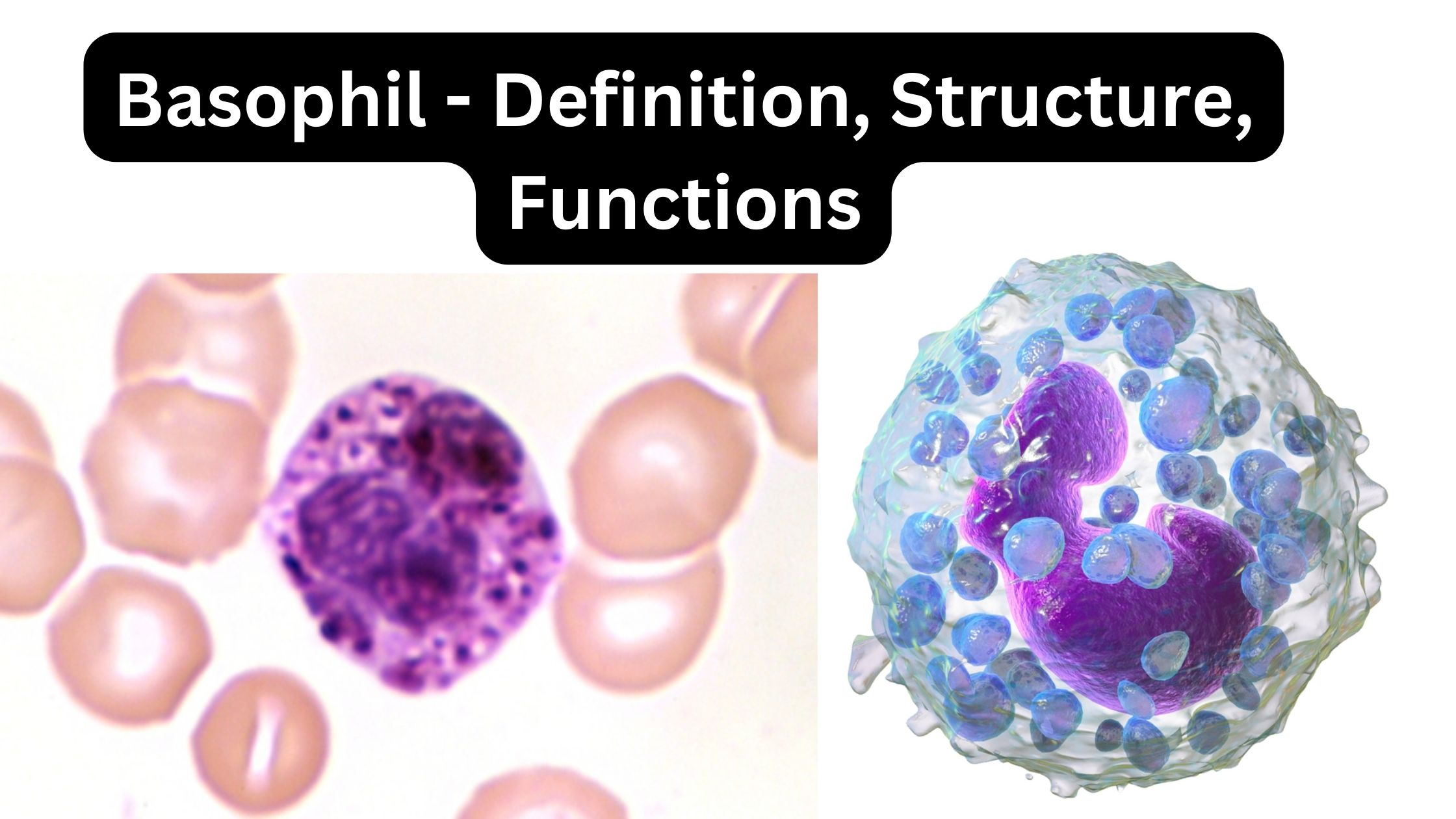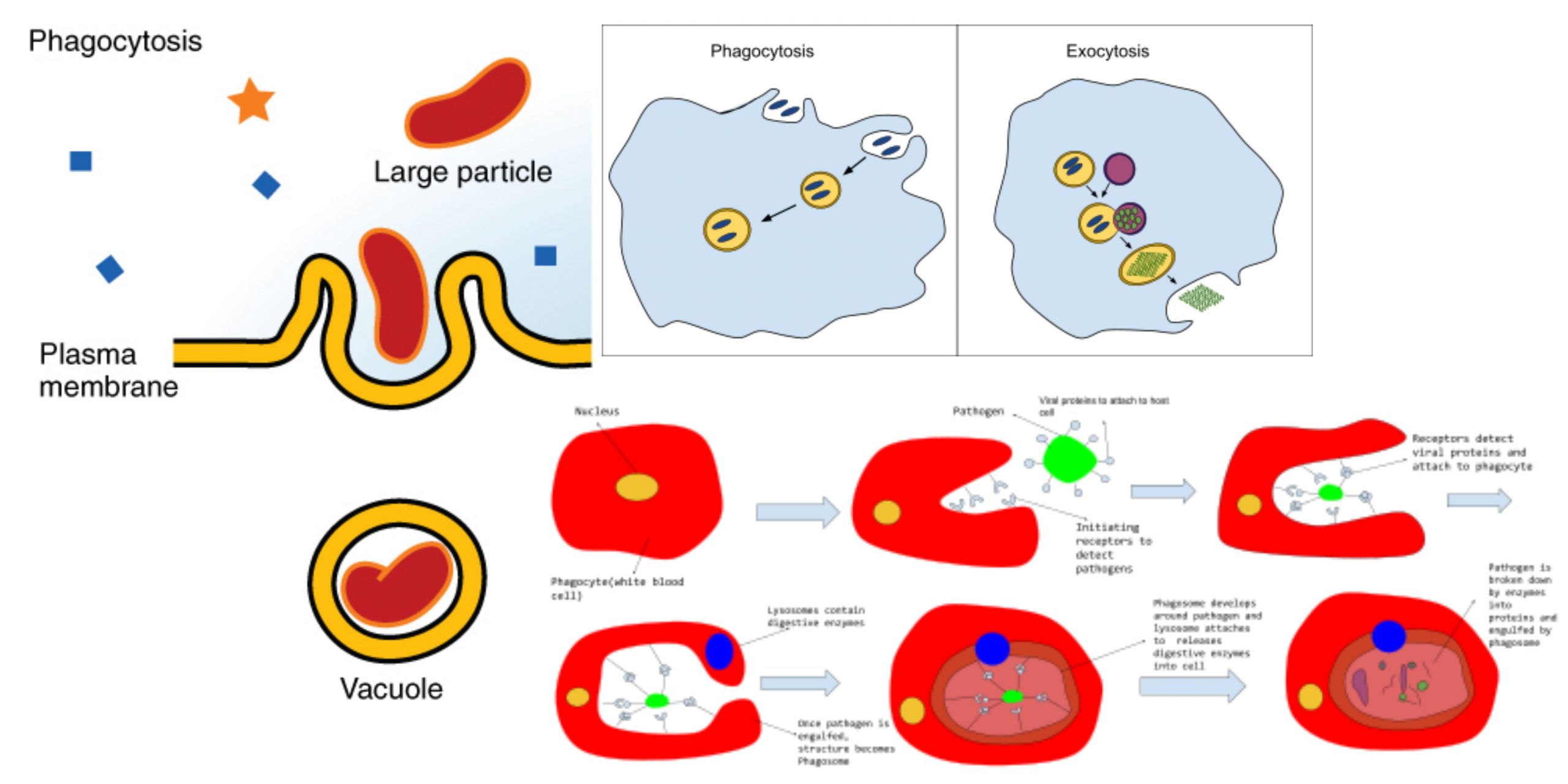Humoral Immunity – Definition, Mechanism
What is the humoral immune response/What is humoral immune response? Humoral immunity definition Humoral immunity, also known as the humoral immune response, refers to the branch of the immune system that produces antibodies in response to extracellular pathogens and foreign substances, primarily mediated by B-lymphocytes and plasma cells in the body’s extracellular fluids. History The … Read more
